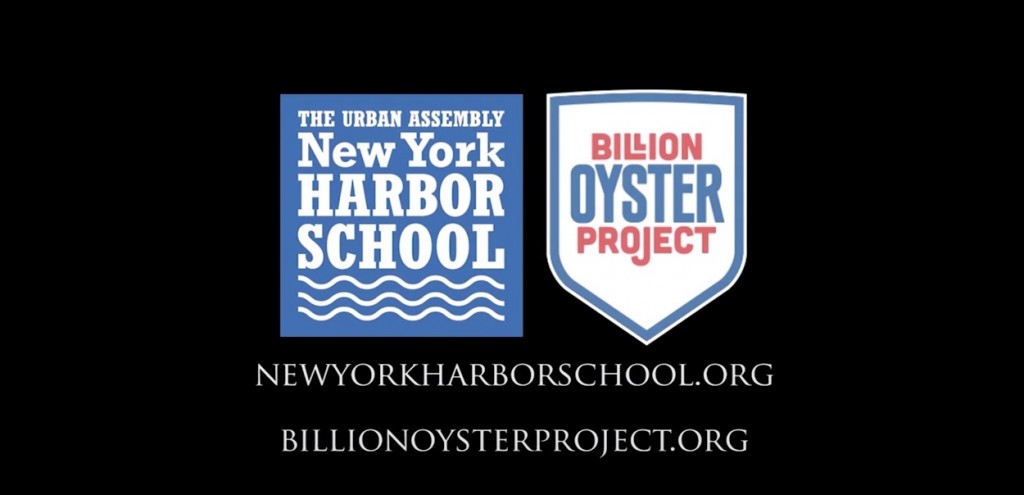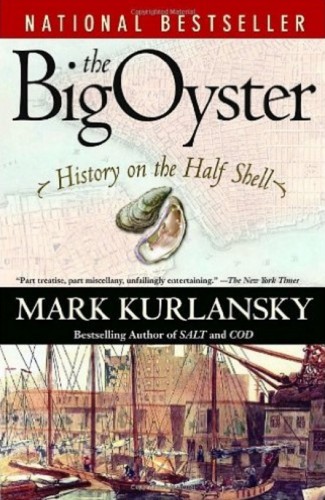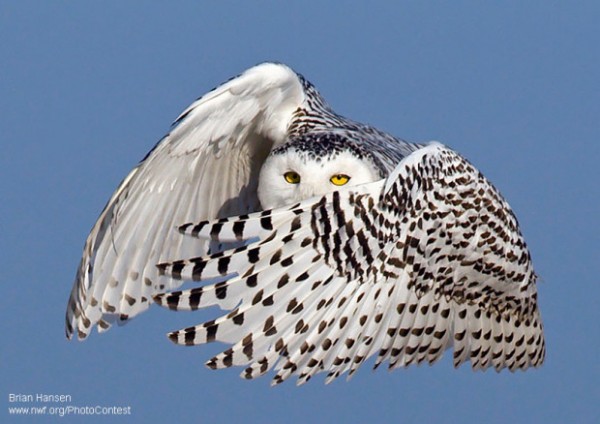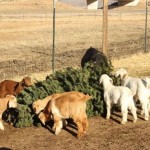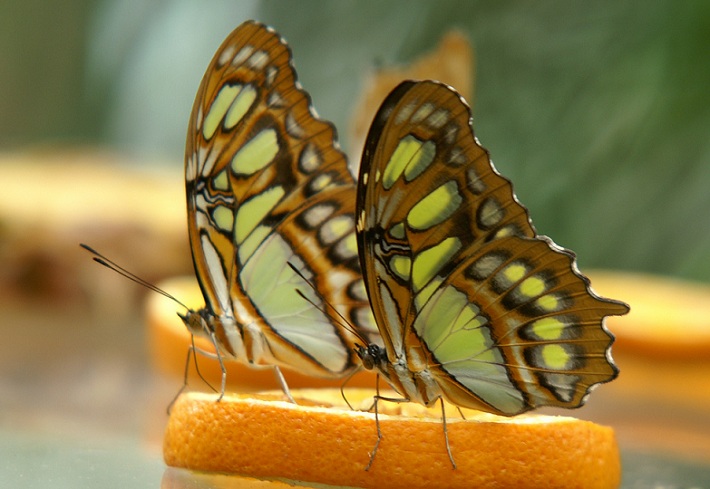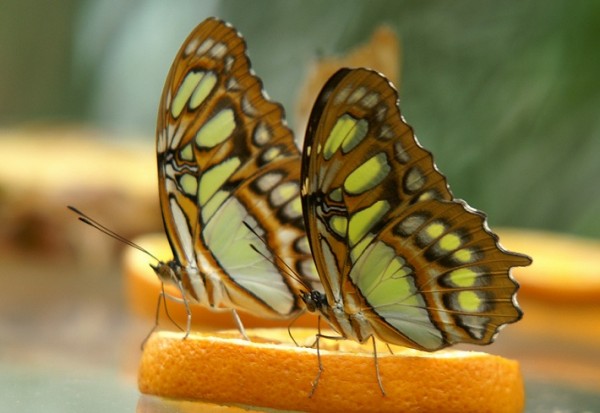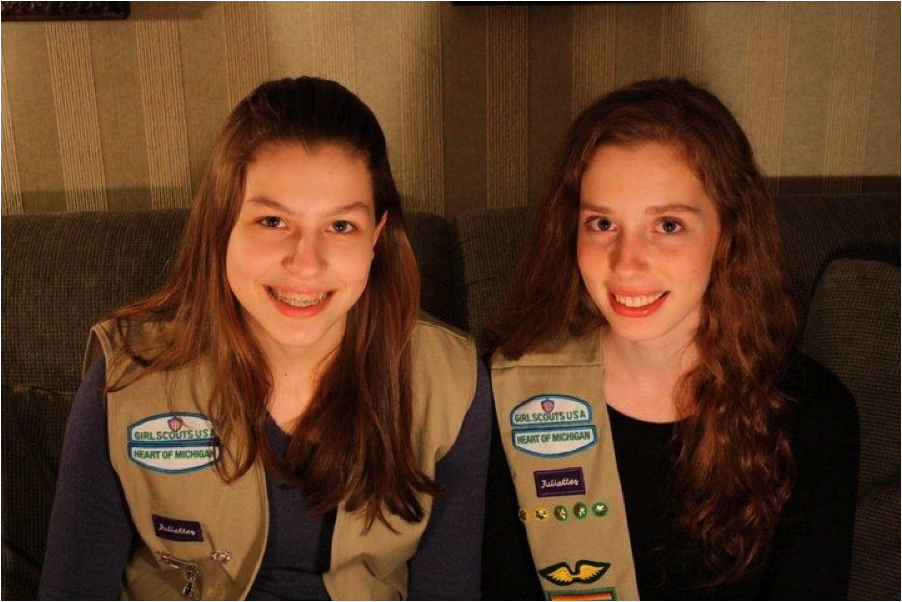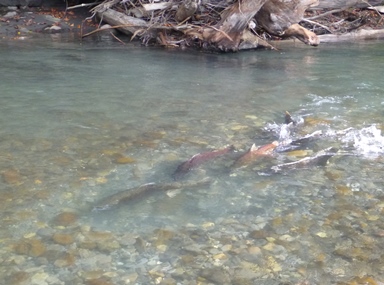
In 1986 the Lower Elwha Klallam Indian tribe challenged the relicensing of the 64-meter-tall Glines Canyon Dam and the 33-meter-tall Elwha Dam that prevented their “dammed salmon” from accessing the river. The removals open up 112 kilometers of river and tributary habit for wildlife, fish and other seafood and will restore the tribe’s access to the traditions and diet that are interwoven with its culture as river stewards.
The US National Park Service reports
Dam removal began on the Elwha River in mid-September 2011. Today, Elwha Dam is gone, over fifty percent of Glines Canyon Dam has been removed, the Lake Mills and Lake Aldwell reservoirs have drained, and the Elwha River flows freely from its headwaters in the Olympic Mountains to the Strait of Juan de Fuca for the first time in 100 years. Dam Removal dam is scheduled to be complete by September 2014.
Webcams and dam removal blog by the NPS Elwha River Project.
National Geographic has done several reports on this project:
Rebirth on the River: Washington’s Elwha Flourishing After Big Dam Removals
Salmon Re-enter Olympic National Park River Thanks to Elwha Dam Removal
Dam Removals Open Way for Cultural and Habitat Restoration
Spectacular time lapse video of dam explosion and Elwha River waterway being re-established.
